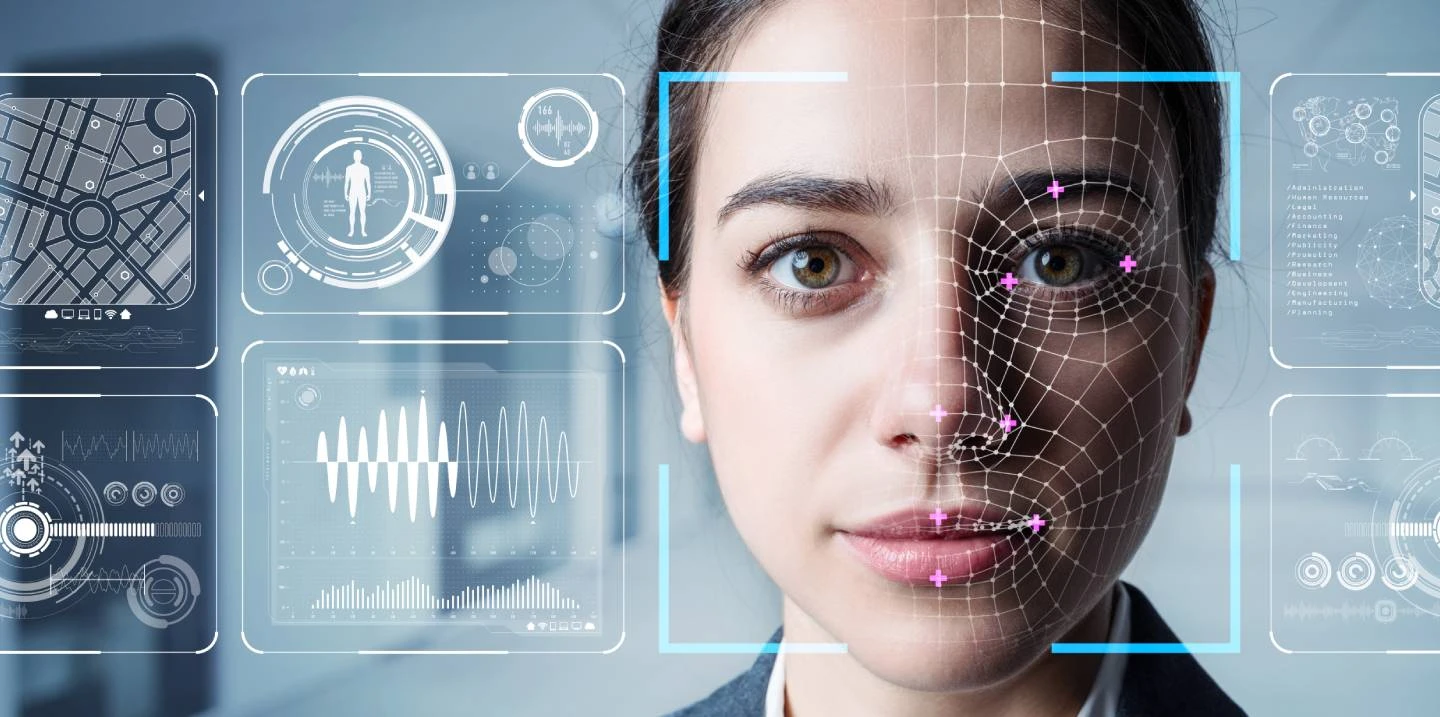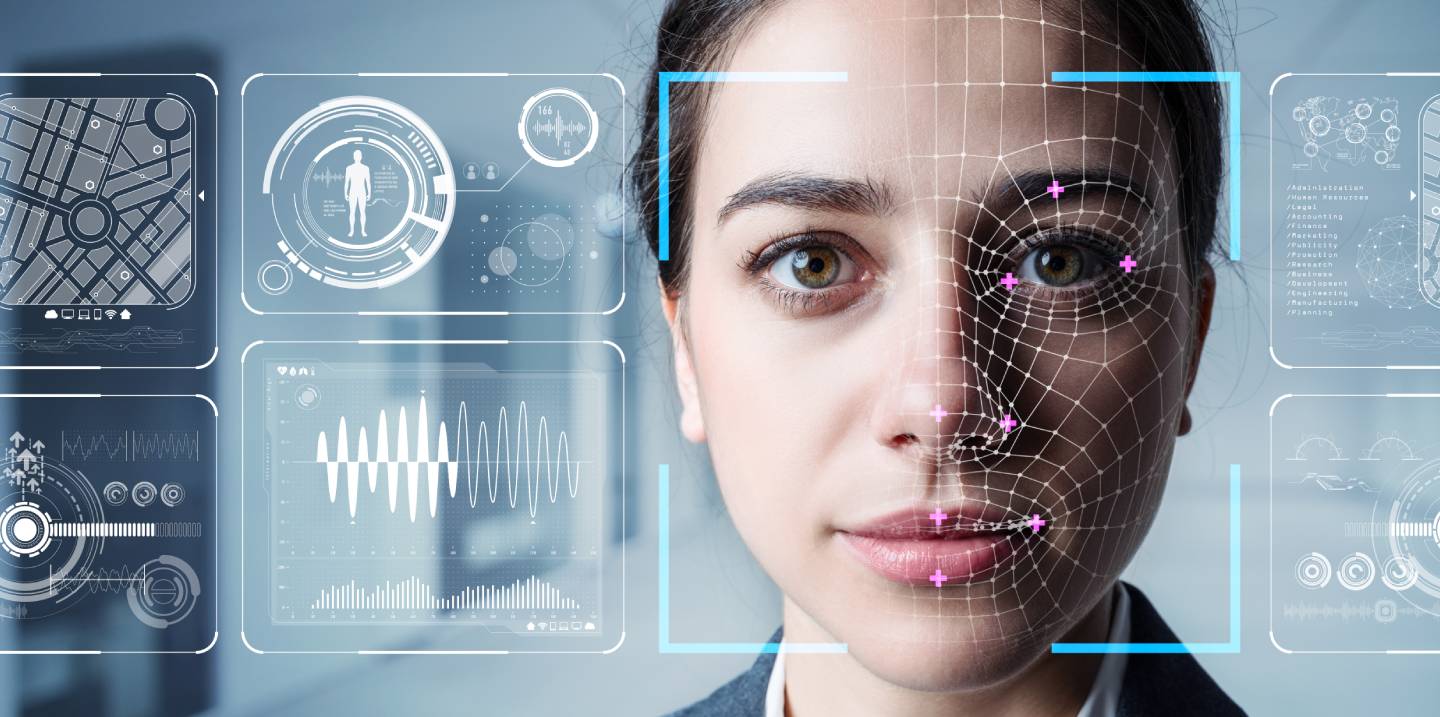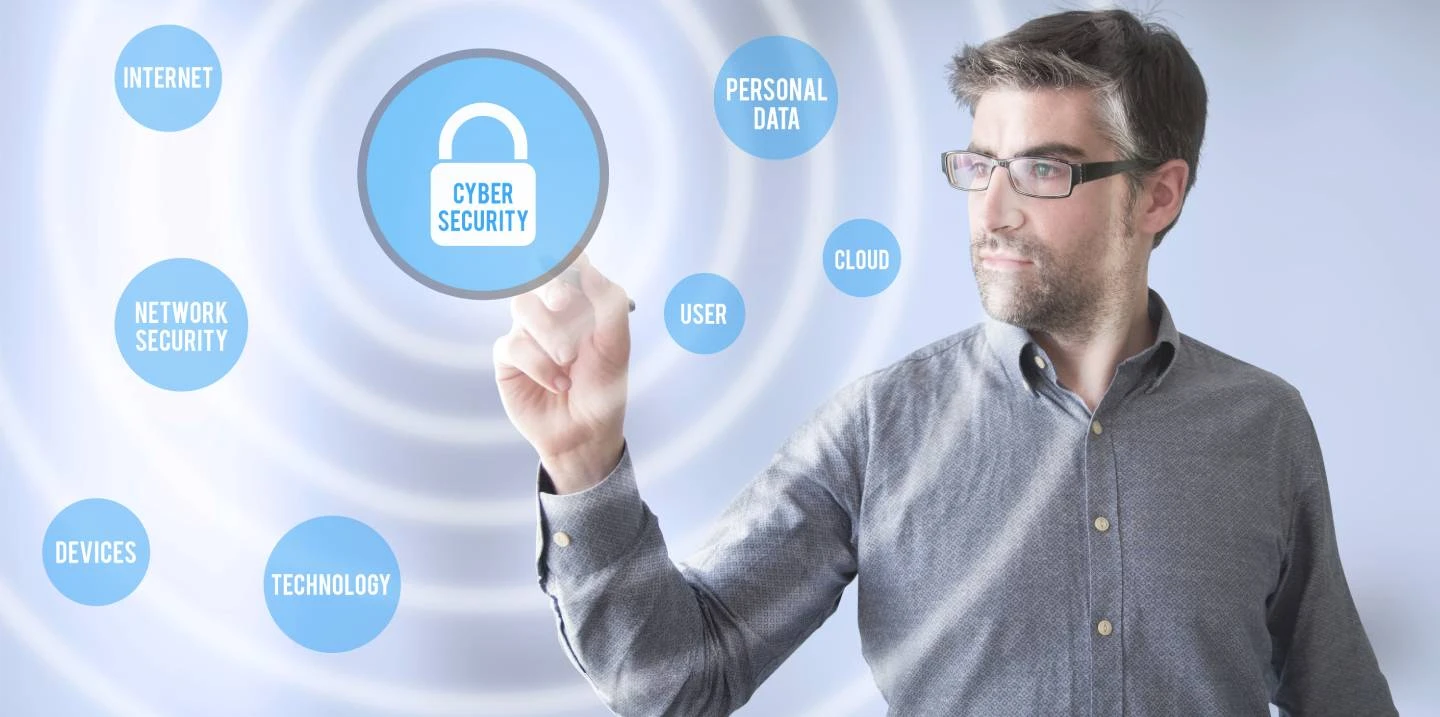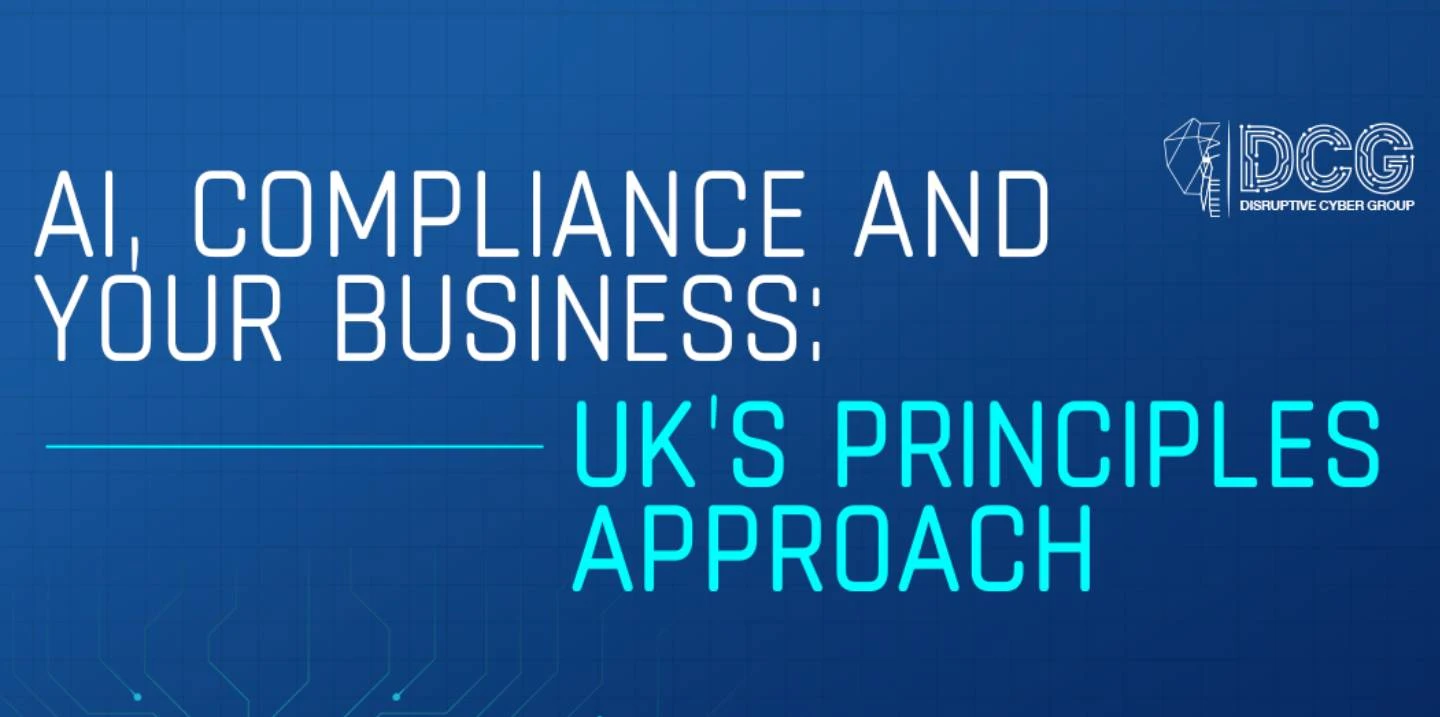
With the growing complexity of cyber threats, existing defence measures can no longer keep up. Threat actors are leveraging automation, AI and social engineering to bypass traditional security controls. Organisations must strategise and counteract at a staggering pace. This is where AI-led threat intelligence comes in.
Threat intelligence, at its core, is the process of collecting, analysing, and acting upon information related to potential or existing cyber threats. AI enhances this process by applying machine learning, natural language processing, and behavioural analytics to large volumes of data at a speed and scale human analysts cannot match.
With AI, threat intelligence systems can:
This transforms threat intelligence from a reactive function into a proactive, predictive defence capability.

Manual threat analysis is slow and limited by human capacity. By the time you discover a threat, it may have already compromised critical systems. Traditional tools struggle with the huge amount and variety of data generated and collected across cloud, endpoint, and hybrid environments.
What is more, attackers are evolving too. Threats like polymorphic malware, AI-based phishing campaigns, and other evolving threats are also highly adaptive and highly automated. They are evolving faster than our defence can keep up.
Real-Time Threat Detection: In a matter of milliseconds, AI can continuously analyse traffic and logs for suspicious behaviour and risk. Identifying active malicious behaviour can dramatically reduce dwell time and damage.
Scalable and Continuous Monitoring: AI systems never rest. They work 24/7 to soak up huge datasets that no human team can handle. Only your skill force must continue to monitor the intelligence in a perpetual real-time state.
Threat Prioritisation: You don't need to worry about every alert being critical. AI can do some threat scoring and prioritise alerts by estimating the potential compromise and impact on your team's resources, effectiveness, and protection.
Enhanced Contextual Intelligence: AI does not just take and dissect threat data and activity from a one-dimensional approach. It relies on context-building sources such as dark web conversations, CVE feeds and products, past signatures of attacks and much more to allow teams to learn about possible attack actors and tactics.

At DCG, we help organisations evolve their cyber security posture through next-generation threat intelligence solutions that integrate AI, automation, and human insight.
Whether you're dealing with advanced persistent threats (APTs), insider risk, or zero-day exploits, our AI-powered platforms:
Because cyber defence isn't just about stopping attacks, it's about staying ahead of them.
AI-powered threat intelligence is a necessity in today's evolving threat landscape. If you're ready to augment your threat detection and response with smarter, faster insights, reach out to DCG today.

Securing AI Agents: Managing Prompt Injection & Autonomous Risk

The Future of Cyber Insurance: How Compliance Affects Coverage in the UK

AI, Privacy, and Compliance: Adapting to New Global Regulations

Cyber Security Trends 2025: Navigating The Evolving Threat Landscape
Join industry leaders on cyber projects to create a global impact and ensure a secure digital future.